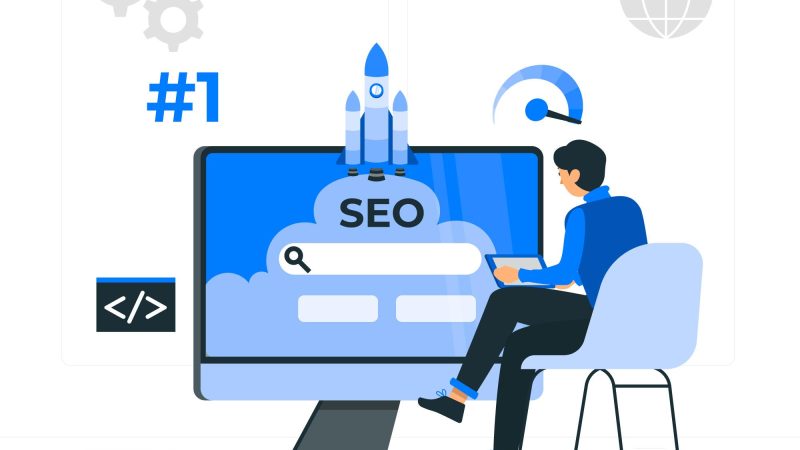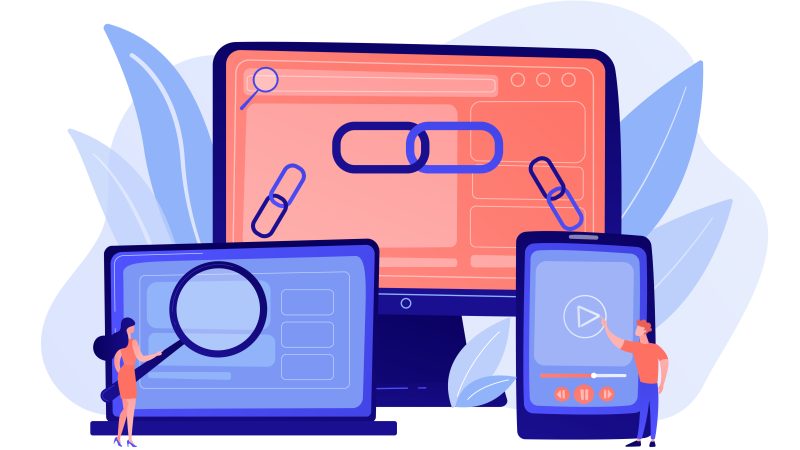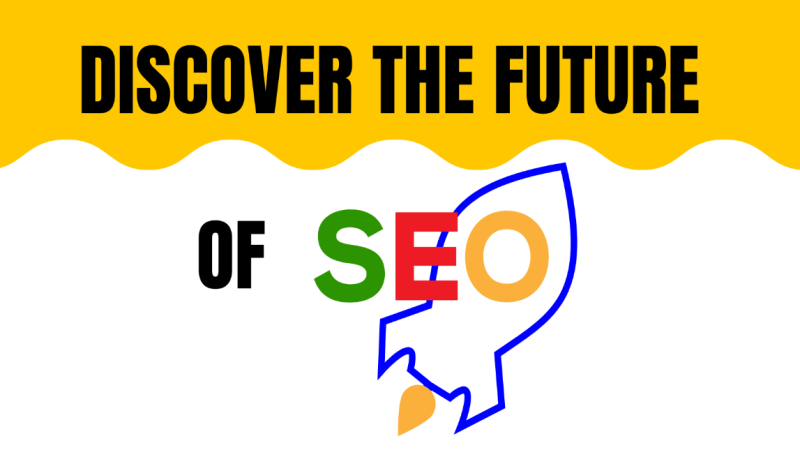Search engine Optimization: SEO checklist for website launch

Search engine optimization is certainly not an issue that can be processed using a quick general timetable. In addition to experience, know-how about the many different factors that ensure a successful website is important.
If you are about to launch or relaunch a website, you will probably not be able to avoid a professional SEO concept to secure a good position in the search results.
Good planning is the be-all and end-all. This means that SEO should be included right at the beginning of planning for sustainable search engine optimization.
We have put together a small SEO checklist to give you an overview of the most important and relevant topics. Even if you are already being advised by an SEO service provider, it makes sense to personally have a minimum level of understanding of search engine optimization in order to enable effective collaboration.
Crawling and indexing
Accessibility should be guaranteed so that your website can be found and visited by users. The first point of the SEO checklist is the availability of a website. The prerequisite for this is that the website can be crawled by the search engine and included in the index.
A web crawler (also known as a bot, web spider or web robot) is an automated program or script that automatically searches web pages for specific information. Essentially, web crawlers are used to collect and retrieve data from the Internet. The terms “ crawling ” and “indexing” are often confused with one another.
But they are two different things. Crawling means that the bot (e.g. the Googlebot) looks at and analyzes the entire content (text, images or CSS files) on the page. Indexing means that the page can be displayed in Google search results. One does not work without the other.
A robots.txt file is also helpful, as it tells search engine crawlers which pages should be visited and included in the index. So make absolutely sure that you don’t accidentally block search engines from your website with robots.txt . In order to be able to reach all pages optimally, the creation of an XML sitemap is also worth considering. All content must be easily accessible for the visitor. Here are some things to avoid:
- Duplicate content
Duplicate content on your website, i.e. very similar or identical content on two or more pages, is devalued by Google in the ranking. In principle, a 301 redirect of the duplicate content to the original is always used as a means for duplicate content on your own page.
- Error pages through links
An error page such as the 404 error code is a client-side error that occurs either because you entered the URL incorrectly, or the page was moved or removed from the website.
- Temporary forwarding (status code: 302)
Technically speaking, the 301 redirect transmits the https status code 301 Moved Permanently . With this command, you signal to search engine bots and web browsers that certain website content has been permanently moved to another URL and can be accessed on this page in the future. However, if you plan to move content only temporarily, you should use 302 redirects.
Design and usability
The design and usability of a website are not a direct SEO criterion, but great importance should be attached to a user-friendly design and ease of use of the website and is on our SEO checklist.
For example, the navigation should have the following properties:
- clear
- easy to use
- structured
If users cannot find their way around your website, they will quickly leave your page and not take the desired actions. This leads to high bounce rates and a short visit duration, which in turn has a negative effect on your rankings and conversion rate.
Mobile optimization
For the (re) launch, in addition to optimizing the website in the desktop view, it is just as important that the website is also optimized for the mobile version.
Because nowadays access is mainly carried out via mobile devices. In line with the principle of “Mobile First”, Google recommends that the website should be geared primarily towards cell phones, since around 65% of search queries begin here and are sometimes continued on other devices.
If the first impression on the mobile view is not convincing or is not adapted to the individual user behavior, not only important users, but also large and unused potential are lost.
Loading time
The next point on the SEO checklist is the loading time of your website and it plays an important role for Google as a ranking criterion. Accordingly, make sure your pages load as soon as possible.
You can do this with the help of the following tips:
- Minimize the size of the images used
- Compress CSS files
- Use HTTP / 2
According to the current status, the loading time of websites should be less than 3 seconds at best. Slow or long loading times can result in the user jumping directly from your website and visiting another one instead. In our whitepaper you will learn how the SEO ranking can be improved with fast loading times.
Web analysis
An important prerequisite for the ongoing optimization of the website is the evaluation of relevant key figures such as:
- Visitor numbers
- Pageviews
- Session duration.
These and other KPIs can be recorded with the help of web analysis and ultimately represents the last stop on the SEO checklist. Web analysis does not only mean reading off-key figures but also:
- Question interactions on your own website
- Evaluate the behavior of individual target groups
- Create a customer journey.
A professional web analysis program is therefore essential. The best-known, free, and yet powerful program is Google Analytics. A good web analysis is preceded by a detailed tracking concept. We also offer a guide on the subject of ” The successful entry into web analysis with Google Analytics “.
Tools such as Google Analytics or Google Data Studio help to represent various factors for, for example, the content performance of a website. Measures for improvements can then be derived from the results of web analysis.
Author Bio – Vishal Garg has several years of experience in digital marketing. With good expertise in advanced marketing and promotional strategies, he has helped numerous brands establish their online niche with his out of the box internet marketing strategies and lead generation capabilities. Currently, he is running a successful seo company in Jaipur





